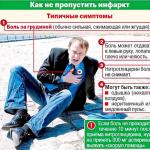Calcium (Ca) is a macronutrient (contained in the body in fairly large quantities), so it is extremely important to eat foods containing calcium. The lack of this element causes malfunctions in metabolism, various diseases (osteoporosis, for example), and can cause allergic reactions.
Since calcium is a macronutrient, its importance in the body is diverse. It performs several vital functions, so its role can hardly be overestimated:
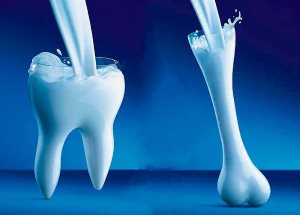
It is especially important to consume enough of this macronutrient for children and pregnant women for the reason that it is necessary for the growth of the skeletal system.
A double load falls on the body of pregnant women: it ensures its own vital activity, is responsible for the development of the fetus, which grows rapidly in late pregnancy, and therefore needs a large amount of Ca.
If a woman neglects proper nutrition, she runs the risk of upsetting the calcium balance in her body, because the fetus will consume everything that it needs.
How much calcium should be consumed with food (daily intake)
The average person weighing 70 kg of calcium in the body contains 1700 grams, and its reserves need to be replenished regularly. An adult should consume about 1000-1200 mg per day. Children of different age groups should eat the following amount of Ca per day:
- 1-3 years - 800 mg;
- 4-6 years - 900-1000 mg;
- 7-10 years - 1100 mg;
- 11-17 years - 1200 mg.
A large amount should be consumed by pregnant and lactating women (about 2000 mg / day), athletes, people with a identified lack of calcium, as well as those with cardiovascular disorders and working in hazardous industries (it is not in vain that they give milk “for harmfulness”).
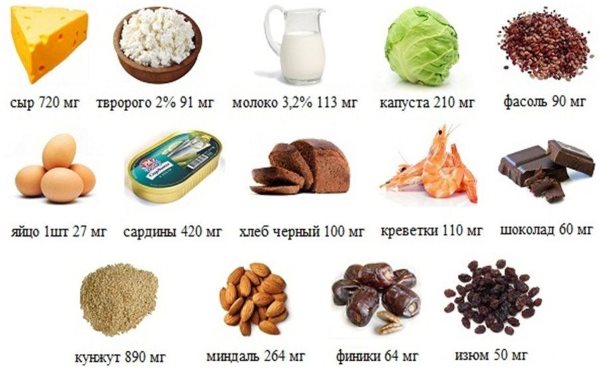
It is also worth remembering that not all products contain Ca in an accessible form, but only 10-40% of the consumed volume of Ca is absorbed. Cereals, spinach, sorrel, due to the substances they contain, reduce the absorption of calcium (form insoluble compounds with it).
What foods contain calcium
Everyone knows that a lot of calcium in dairy products, but this is not a complete list. Vegetables, nuts, and other seeds are often just as rich in macronutrients. Below is a table with the approximate content of Ca in the composition of various products.
| The product's name | Calcium content in 100 g of product, mg | Percentage of the daily norm,% |
|---|---|---|
| Cheese | 760-1005 | 63-84 |
| Sesame | 780 | 65 |
| Basil | 370 | 31 |
| Cashew | 290 | 24 |
| Almonds, pine nuts | 250 | 23 |
| Parsley | 245 | 20 |
| White cabbage | 210 | 18 |
| Watercress | 180 | 15 |
| chickpeas | 193 | 16 |
| Hazelnut | 170-200 | 14-15 |
| Pink salmon | 185 | 15 |
| Garlic | 180 | 15 |
| Curd, dried apricots | 160-164 | 13 |
| Beans | 150 | 13 |
| chicken yolk | 136 | 11 |
| Goat milk | 134 | 11 |
| Dairy products, pistachios | 122-126 | 10 |
| Cow's milk | 100-120 | 8-10 |
| Dill | 126 | 10 |
| Oatmeal | 117 | 10 |
| Broccoli | 105 | 9 |
| Beans, sunflower seeds | 100 | 8 |
| Olives | 96 | 8 |
| Walnuts | 90 | 8 |
| green onion | 86 | 7 |
| Peanut | 60 | 5 |
| Carrots, cucumbers, potatoes, lettuce, tomatoes | 6-37 | 0,5-3 |
As can be seen from the table, the largest amount of calcium is found in the following products:
- cheeses;
- nuts, other seeds (sesame, cashews, almonds, pine nuts, chickpeas);
- greens (basil, parsley, dill, watercress);
- white cabbage;
- pink salmon;
- garlic;
- cottage cheese;
- dried apricots.
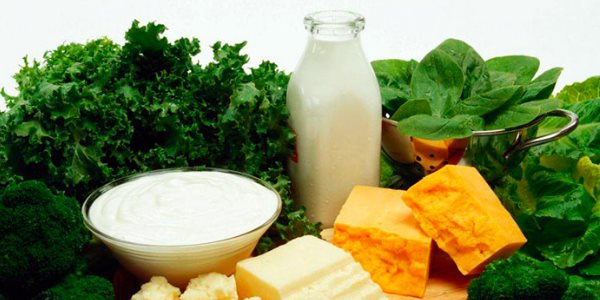
The metabolism of calcium in the body depends on elements such as phosphorus, potassium. Together with phosphorus, for example, Ca is the basis of all bone tissue. Potassium opposes the excretion of calcium along with urine. Therefore, it is also important to know which products contain at least a couple of elements.
List of foods that contain potassium and calcium:
- potato;
- tomatoes (especially dried or in the form of tomato paste);
- beans;
- dried apricots;
- spinach;
- pumpkin (or its seeds);
Where is the most calcium and phosphorus found?
- fish (sardine, tuna, mackerel);
- cottage cheese.
The joint intake of Ca and iron in food leads to a low degree of assimilation of both elements. Therefore, it is worth sharing the intake of dishes that contain large amounts of iron and calcium.
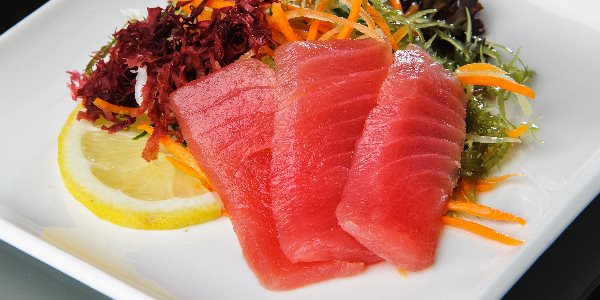
How to help absorb calcium
First of all, as already noted, you should not eat foods containing calcium along with foods that interfere with its absorption. But this is not the only way. There are also minerals and vitamins that contribute to a more complete absorption of Ca:
- magnesium;
- zinc;
- vitamin D
Therefore, it is necessary to include in the diet foods rich in vitamin D, magnesium, zinc.
It is easy to see that zinc, magnesium, calcium, vitamin D, phosphorus and potassium are often found in the same vegetables, nuts, meats, and fish. Nature itself took care of human health.
Signs and consequences of a lack / excess of calcium in the body
“Everything is poison, and nothing is without poison; one dose makes it invisible. In one form or another, these words of Paracelsus are familiar to many. Calcium is no exception.
The following signs indicate a lack of this macronutrient (hypocalcemia):
- muscle cramps;
- growth retardation (in children);
- fragility of nails and hair;
- allergic rashes (when eating ordinary human dishes);
- joint pain;
- drowsiness.
In the absence of timely treatment, this can lead to disruption of the cardiovascular system, high blood pressure, the development of other diseases (osteoporosis), damage to the teeth, and toxicosis during pregnancy.

With hypercalcemia, the following symptoms are noted:
- increased thirst;
- weakness;
- vomiting, nausea;
- constipation;
- lack of appetite;
- violation of the kidneys (nitrogenous compounds are not excreted).
If measures are not taken in time, calcium can be deposited in the internal organs, causing the formation of stones, disrupting intestinal patency up to zero, leading to dehydration, poisoning the body with nitrogenous compounds.
Elimination of calcium deficiency with eggshells
Calcium is found in large quantities in the eggshell, which is important - it has an accessible form for assimilation. Therefore, this folk method of dealing with macronutrient deficiencies has been used for a long time and is very popular. But it does have some shortcomings.
Among the arguments "against" treatment in this way: the likelihood of injuring the esophagus with insufficiently crushed parts of the shell, the possibility of getting sick with salmonellosis. Nevertheless, even some doctors note that this method has the right to life. Powdered shells can also be sprinkled on wounds to stop bleeding.
This method also has contraindications:
- gastritis and ulcers of the stomach, duodenum;
- bile and urolithiasis;
- hypovitaminosis for vitamin D;
- diseases of the heart and blood vessels;
- poor patency of the digestive system.
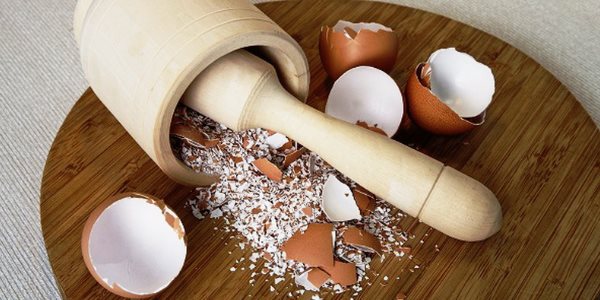
It is also worth noting that this is far from the only way to replenish Ca reserves in the body: these include a balanced diet with the inclusion of macronutrient-containing products, the intake of industrial preparations with the addition of calcium.
It is also important that you can start applying the method only when the doctor has established a real deficiency in the patient, otherwise you can bring your body to hypercalcemia. And it is no better than hypocalcemia (it is worth recalling the words of Paracelsus again).
If someone nevertheless decided to try out the method, one should responsibly approach the matter and carry out the preparation of the shell with high quality.
Before grinding, it must be washed well or thermally processed in any convenient way (dry in the oven, in a pan at a temperature of about 50 degrees Celsius).
Rinse best with a light soda solution.
After that, you need to separate the inner film, grind the shell (experts agree that it is better not from boiled eggs) in a mortar, coffee grinder (preferably with glass elements for grinding). Store the finished powder in a glass jar with a tightly closed lid so that it does not become damp.
You need to take the shell according to the following scheme: three times a day before meals. For the prevention of deficiency - about 1.5-2 months, with identified hypocalcemia - 3-4 months. It is important to never forget about the measure.
When taken directly, the shell, since it is a loose product, is diluted with an equal amount of lemon or apple juice. The recommended single dose is 1 teaspoon of the shell (hence diluted with the same volume of juice). You can use eggshells from the eggs of any bird: chicken, duck, quail, goose, turkey.
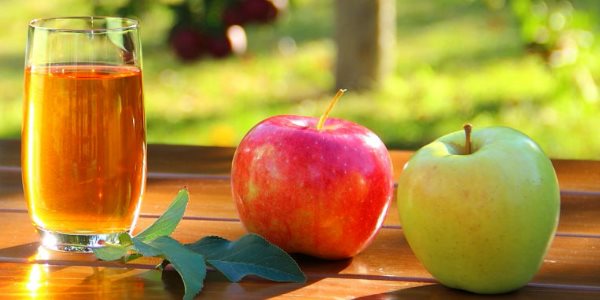
Conclusion
Calcium is an extremely important macronutrient for the human body. Therefore, it is important to eat enough foods that contain it. In addition, based on the above, the following conclusions can be drawn.
- The daily norm for adults is 1200 mg, for children - 800-1200 mg. More calcium should be consumed by pregnant women, people with hypocalcemia and those working in hazardous industries;
- It is necessary to replenish calcium in the body by including foods rich in calcium in the diet: dairy products, nuts and seeds, fish, eggs, greens, vegetables;
- The following macro- and microelements influence calcium metabolism in one way or another: magnesium, zinc, phosphorus, potassium. Vitamin D is needed for the absorption of calcium. Many dishes contain all or a couple of elements;
- There are foods that reduce or make it impossible to absorb a macronutrient: spinach, tea, sorrel, cereals;
- The body absorbs 10-40% of incoming calcium. Not all Ca has a form available to the body;
- Lack and excess of calcium are equally harmful. It is necessary to take measures to restore its balance to normal;
- Treatment of its deficiency with eggshell improves the situation with proper preparation of the drug. It has a number of contraindications, so it is better to consult a doctor first.
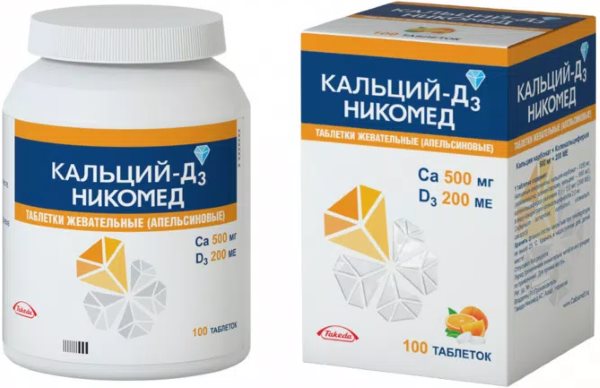
Calcium, of course, is not the only necessary element in the body, there are many others. But they are all connected by metabolism, so other minerals, as well as vitamins and organic compounds, should be consumed to maintain normal Ca levels. The main secret of how to make it easy is a healthy diet.
A little more information about calcium can be found in the following video.

